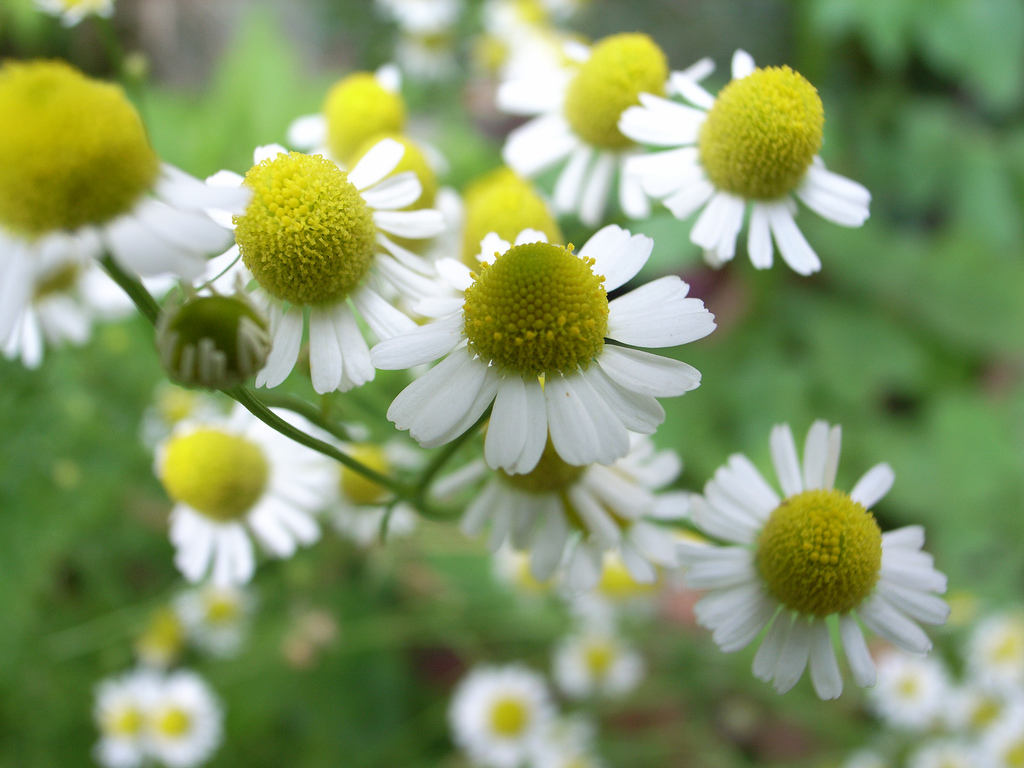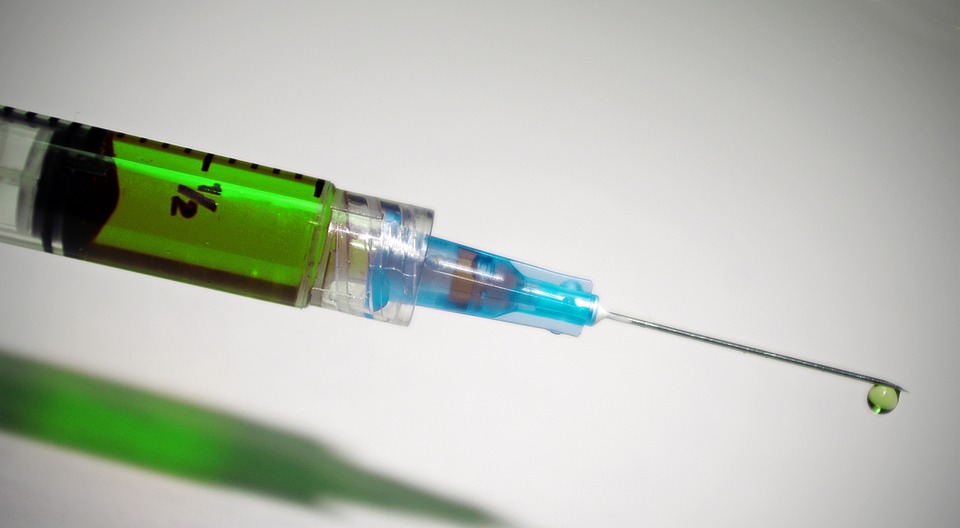Chamomile oil is a powerful antibacterial and anticancer remedy
03/07/2016 / By Tara Paras

Did you know that essential oils can be used as an effective ant-cancer remedy?
This was the discovery made by Chinese researchers, after studying the healing properties of 10 of the most popular essential oils currently in use today: mint, ginger, lemon, grapefruit, jasmine, lavender, chamomile, thyme, rose and cinnamon.
Each of these oils was tested for antibacterial potency, as well as in vitro toxicology against three human cancer cell lines — the MCF-7 breast cancer cell line, the A-549 lung cancer cell line and the PC-3 prostate cancer cell line.
Essential oils exhibit strong cytotoxicity against certain variants of cancer
The research team exposed the three cancer cell lines to increasing concentrations of each essential oil. Overall, a dose-dependent decrease in the survival of the three cell lines was observed, meaning that more cancer cells died as more essential oil was administered.
At a concentration of 0.2 percent, all of the essential oils exhibited strong cytotoxicity against the PC-3 prostate cancer cells, with cell viability below 4 percent. Most of the essential oils were also effective against the A-549 lung cancer cells, with the only outlier being mint essential oil.
But when it came to the MCF-7 breast cancer cell lines, the following four essential oils proved significantly stronger than the other six: cinnamon, thyme, chamomile and jasmine. The most powerful was thyme, followed by jasmine, cinnamon and chamomile.
MCF-7, the least respondent of all the cell lines to essential oils, was mostly annihilated by all four of these oils, with chamomile oil killing up to 93 percent of them in the lab. Even more effective was thyme oil, which resulted in a 97 percent kill rate of MCF-7 breast cancer cells.

Chamomile oil, a powerful antibacterial agent and antioxidant
As far as antibacterial potency is concerned, chamomile ranked high on the list. Though not as powerful as rose, cinnamon, thyme, and lavender essential oils, which killed Propionibacterium acnes, a bacterium responsible for acne, in just five minutes, chamomile oil was still found to be effective.
“The bactericidal activities of the other essential oils decreased in the order: chamomile > grapefruit = lemon > ginger > mint > jasmine,” adds the study. “The bacteria were completely killed after 20 [minutes] by chamomile essential oil, 30 [minutes] by grapefruit and lemon essential oils, and 45 [minutes] by ginger essential oil.”
Known for its calming benefits, chamomile oil has long served as an effective treatment for other conditions, such as inflammations (antiphlogistic), muscle spasms, migraine headaches, upset stomach and flatulence, fungi, and parasites (anthelmintic), among others.
An earlier study published in the journal Industrial Crops and Products discovered that chamomile oil is also a powerful antioxidant. Among 11 essential oils tested, including lavender, thyme, winter savory, rosemary, sage, peppermint, French tarragon, bitter, and sweet fennel, Roman chamomile was found to have the highest antioxidant activity.
“Thyme and winter savory oils exhibited the greatest inhibition against the growth of all the tested organisms possibly due to the high content of thymol and carvacrol respectively,” according to the study.
Sources used:
Submit a correction >>
Tagged Under:
antibacterial agent, antioxidants, cancer, chamomile, essential oils
This article may contain statements that reflect the opinion of the author





















